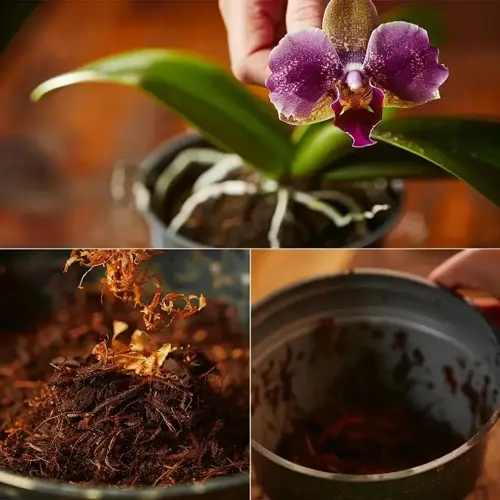When should I apply lawn fungicides?

Written by
Michael Sullivan
Reviewed by
Prof. Martin Thorne, Ph.D.Fungicide timing can be the difference between saving your lawn and wasting your time. Applying fungicides at the wrong time can result in little to no disease control and damage to your lawn. I have developed schedules for application over many years of trial and error, tying the application of treatments to the physiological needs of diseases. It works!
For optimal results, target the early morning hours, when dew usually dries, typically around 6-10 AM. Fungicide droplets are attracted to the moist blades, allowing for better coverage. Avoid applying during heat waves when temperatures are above 90°F, as this can cause chemicals to burn the grass. Temperature precision is more important than calendar dates.
Brown Patch Control
- Apply between 70-85°F (21-29°C) at first sign of circular gray rings
- Treat during early morning dew periods before full sun exposure
- Reapply every 14 days during high humidity spells
Pythium Blight Prevention
- Spray before forecasted heat spikes above 85°F (29°C)
- Prioritize treatments in shaded areas prone to overnight moisture
- Use mefenoxam formulations specifically designed for water molds
Summer Patch Management
- Apply fosetyl-aluminum in late spring before soil exceeds 75°F (24°C)
- Focus on compacted areas and slopes where heat builds fastest
- Combine with core aeration for deeper root protection
Soil temperature determines application timing more than air temperature does. To accurately measure soil temperature, a soil thermometer should be placed at a depth of 2 inches. Fungal activity occurs in a window of 4 ° to 7 °, depending on progression to the next stage of disease. If you treat outside of this time window, you waste product and put more stress on your lawn.
Preventive fungicide applications are most effective when made 2-3 weeks in advance of typical disease seasons. Curative applications should be made at the first visible signs of disease symptoms. Always alternate fungicide classes by applying azoxystrobin for one month and propiconazole for the next month to prevent the development of resistance.
Always calibrate your spray equipment before applying. Coverage should be uniform across each leaf blade without creating any puddling. Reapplication will be necessary if unexpectedly heavy rain washes away the treatment. Other cultural practices include watering in the morning and proper mowing, which will contribute to a total integrated approach to avoid repeat applications.
Read the full article: Brown Patches Lawn: Causes and Solutions

